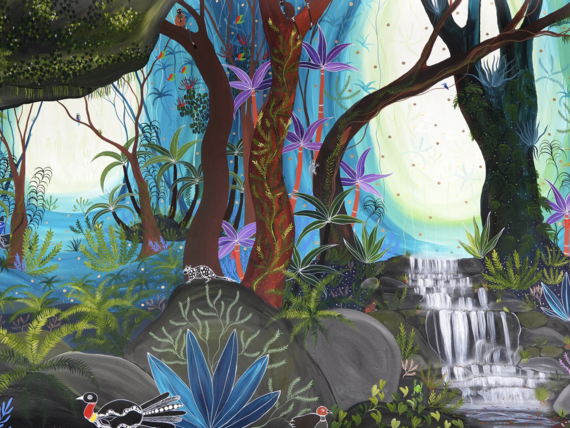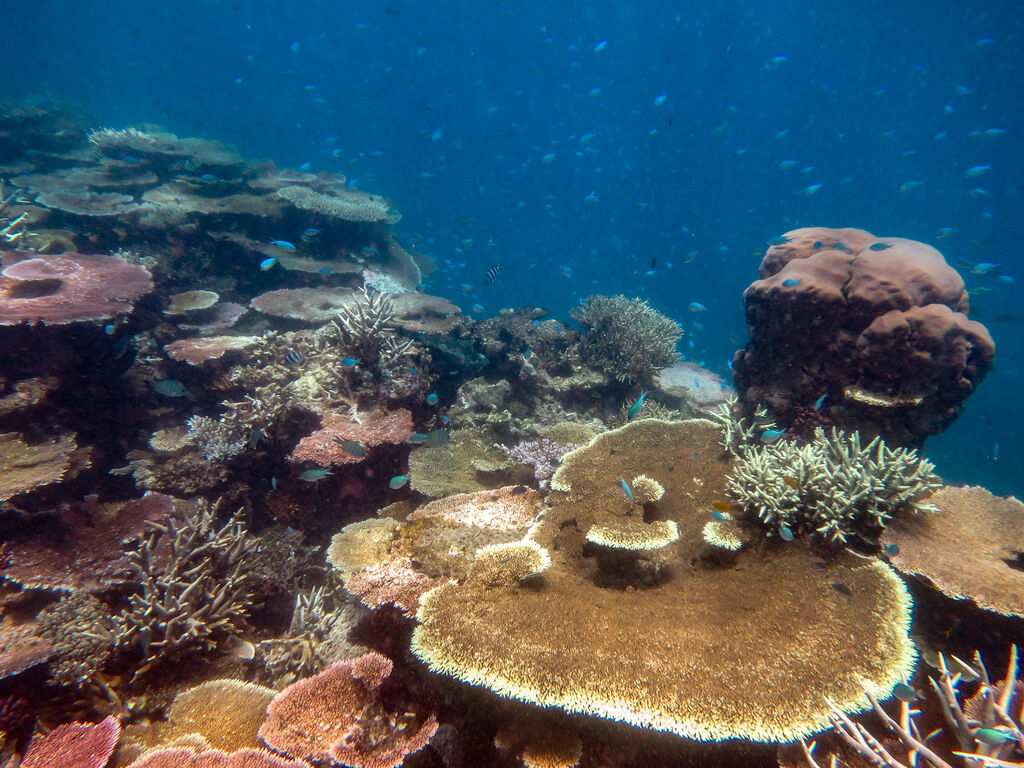
##MP##
Latest surveys conducted by the Australian Institute of Marine Science (AIMS) have revealed the highest levels of coral cover ever recorded in its 36 years of monitoring the Great Barrier Reef.
AIMS' 2021/22 summary of coral reef condition published today, shows the central reef has more than 30 per cent coral cover, while the northern reef has over 35 per cent.
That’s around five per cent more for each section than previous highs recorded in 2015 (central) and 1988 (northern).
##BA##
Coral cover on the southern section of the Reef was slightly down, which AIMS CEO Dr Paul Hardisty said was due to a crown of the thorns starfish outbreak.
“A third of the gain in coral cover we recorded in the south in 2020/21 was lost last year due to ongoing crown-of-thorns starfish outbreaks,” he said.
“This shows how vulnerable the Reef is to the continued acute and severe disturbances that are occurring more often, and are longer-lasting.”
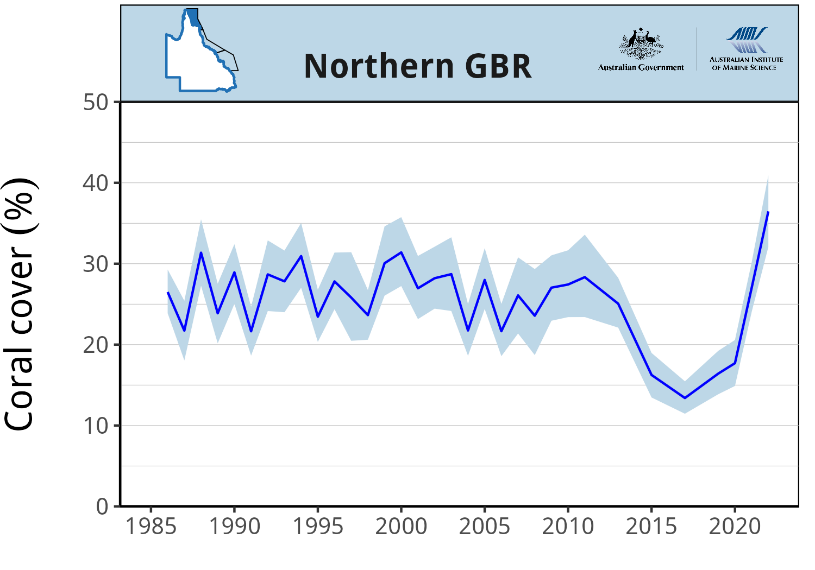
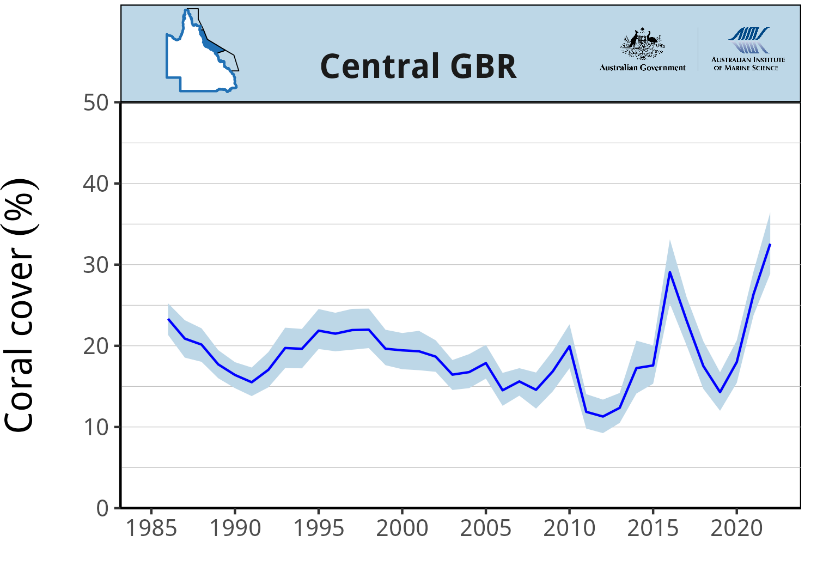
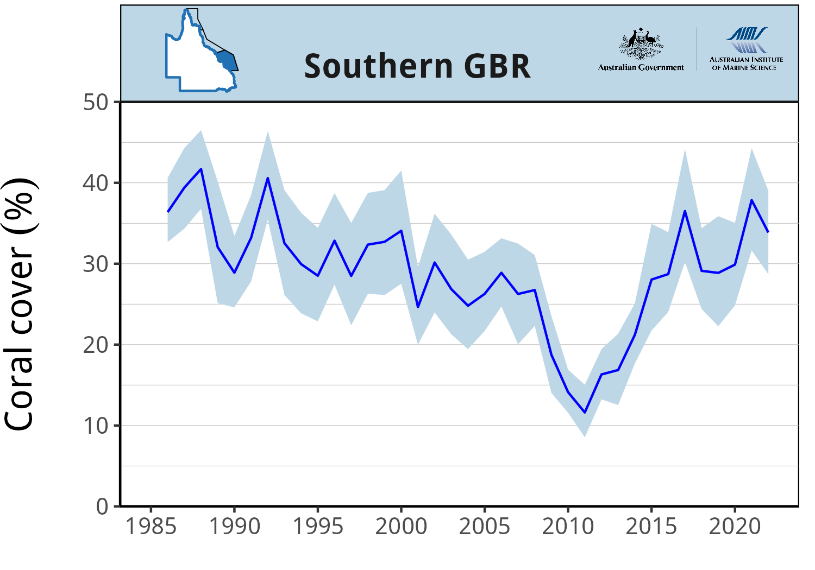
On a more positive note, he said the results in the more northern sections show corals can recover from severe bleaching events.
This year’s bleaching event was the fourth in seven years and the first during a La Niña.
“In our 36 years of monitoring the condition of the Great Barrier Reef we have not seen bleaching events so close together,” he said.
##PQ##
“Every summer the Reef is at risk of temperature stress, bleaching and potentially mortality and our understanding of how the ecosystem responds to that is still developing.
“The 2020 and 2022 bleaching events, while extensive, didn’t reach the intensity of the 2016 and 2017 events and, as a result, we have seen less mortality."
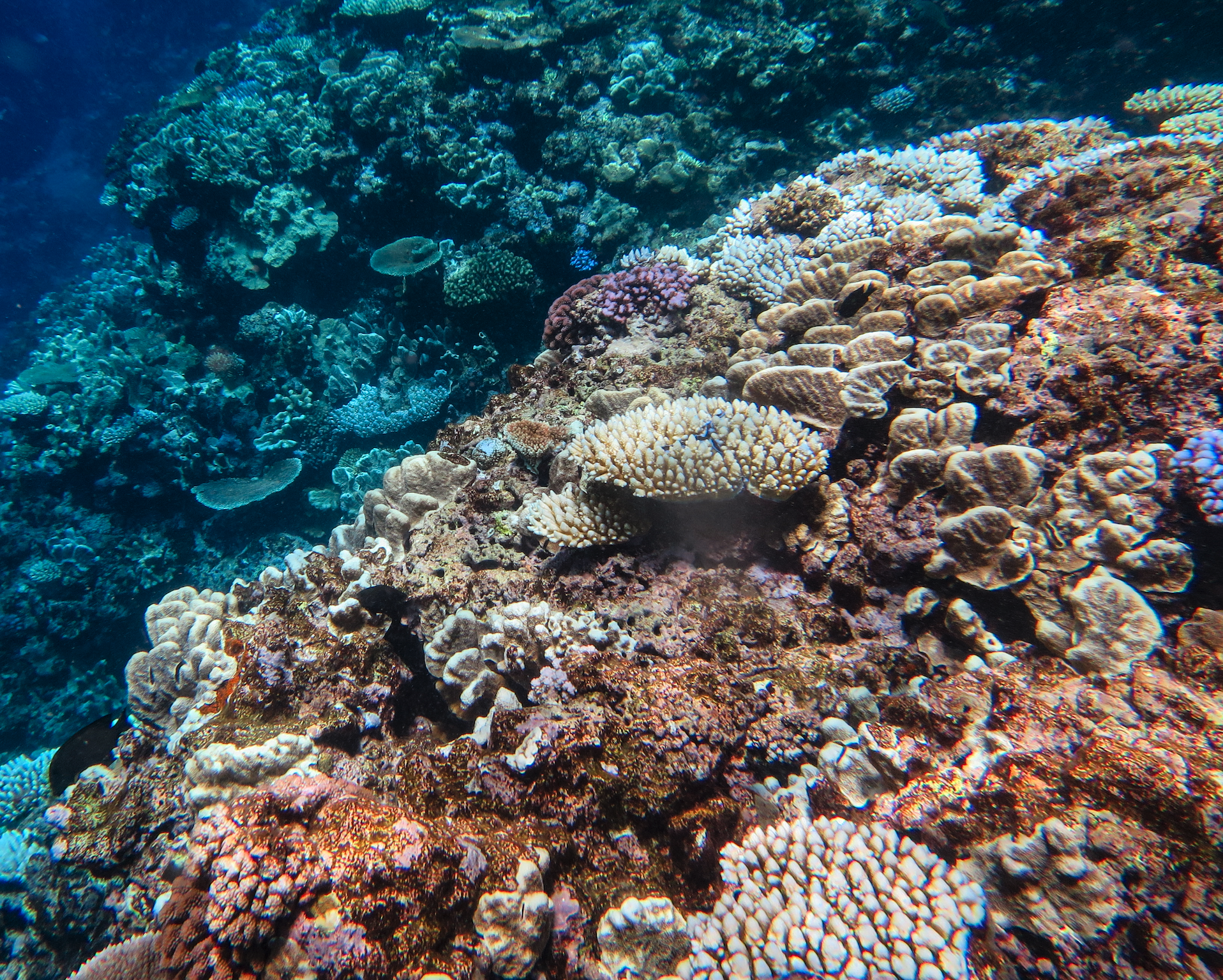
Most of the increase has been driven by fast-growing Acropora corals, which are hard corals known for their reef-building abilities.
However, AIMS monitoring program team leader Dr Mike Emslie said domination of one species is not ideal.
“These corals are particularly vulnerable to wave damage, like that generated by strong winds and tropical cyclones,” he said.
“They are also highly susceptible to coral bleaching, when water temperatures reach elevated levels, and are the preferred prey for crown-of-thorns starfish.
“This means that large increases in hard coral cover can quickly be negated by disturbances on reefs where Acropora corals predominate.”
##PQ2##
The Australian Marine Conservation Society said while the report is heartening, the Reef will remain in danger from heat stress unless fossil fuel emissions are drastically reduced.
Main points
- Northern and central regions of the Great Barrier Reef have the highest amount of coral cover on record
- Coral cover on the southern section is down by 4%
- Recovery from coral bleaching has been led by hard, branching corals


